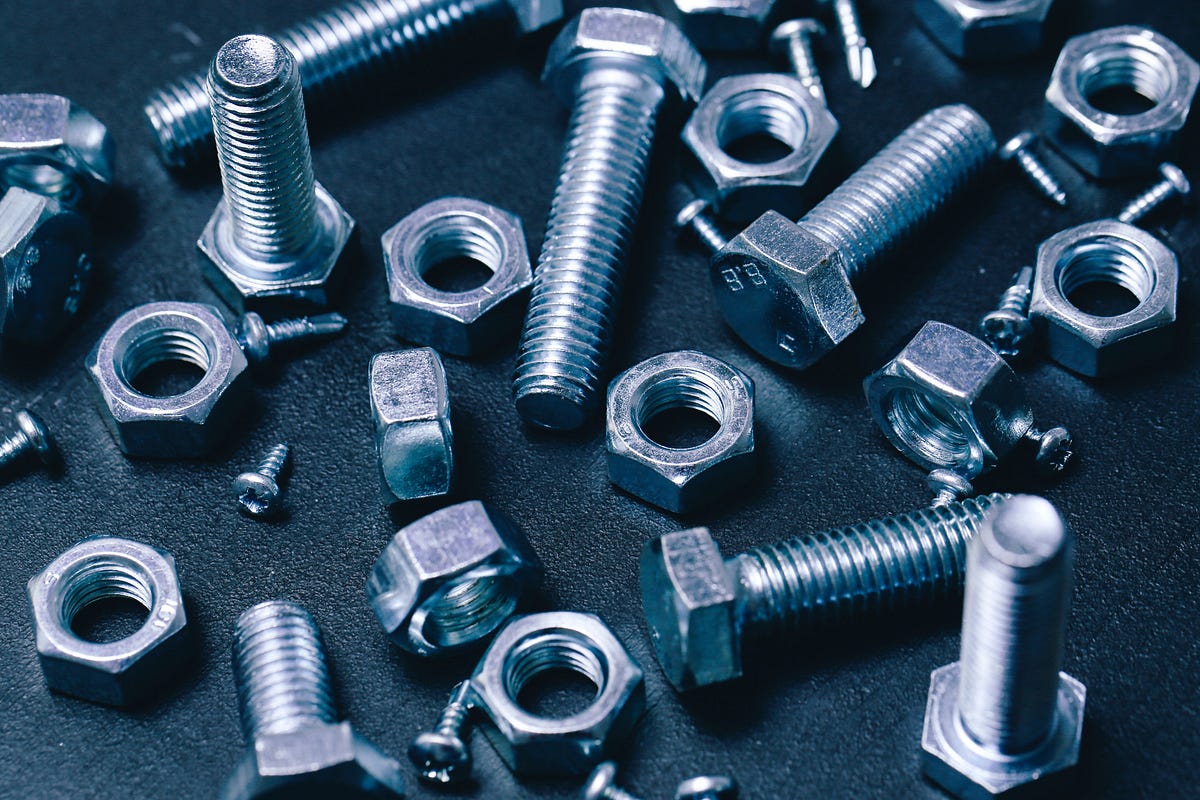Nut Fastening: The Cornerstone of Industrial Efficiency and Safety

Nut fastening, a seemingly simple yet indispensable process in the industrial realm, plays a pivotal role in ensuring efficiency and safety across many sectors. This article explores the multifaceted significance of fastening nuts within industrial applications, exploring their fundamental importance, methods, and critical role in securing the integrity of various structures and machinery.
The Essence of Nut Fastening
Nut fastening is a linchpin that binds the diverse components of intricate industrial machinery and structures.
Fundamental to Assembly
In the realm of manufacturing and assembly, fastener nuts are elemental. It joins components, securely holding them together and allowing for complex machinery, vehicles, and equipment construction.
Essential Structural Integrity
Nut fastening extends beyond mere assembly—the backbone of structural integrity. In constructions ranging from towering skyscrapers to bridges and manufacturing plants, nuts are the silent sentinels, maintaining structural stability.
Nuts and Bolts: The Perfect Duo
Applications such as nuts fasteners rely on the partnership with bolts, forming a synergistic bond crucial to industrial success.
Bolted Connections
Bolts, often threaded, are inserted through aligned holes in various components. Nuts are then threaded onto these bolts, creating a strong and reliable connection.
Versatility in Application
This versatile duo is employed in many industrial contexts, from automotive assembly lines to the construction of colossal offshore oil rigs. The adaptability of nut and bolt fastening is a testament to their efficacy.
The Role of Torque: Precision and Control
Achieving the desired level of tightness in nut fastening hinges on the precise application of torque.
Torque Calibration
The torque applied to nuts is carefully calibrated to meet specific requirements. This precision is vital in preventing over-tightening, which could damage or under-tightening, compromising structural integrity.
Torque Wrenches
With their calibrated mechanisms, Torque wrenches are the go-to tools for ensuring accurate torque application. They offer control and reliability, safeguarding against overexertion and potential errors.
Safety Considerations
Nut fastening is inextricably linked to safety within the industrial domain.
Load-Bearing Capacity
In applications such as aerospace engineering and heavy machinery, the reliability of fastening nuts is paramount. Ensuring that nuts can withstand the immense loads and stresses they encounter is essential for safety.
Vibration Resistance
Loose nuts can lead to catastrophic failures in environments prone to vibrations, such as automotive manufacturing or heavy construction. Properly fastened nuts resist vibration-induced loosening, enhancing safety.
Maintenance and Inspection
The importance of regular maintenance and examination in nut fastening cannot be overstated.
Preventive Measures
Scheduled maintenance checks are critical to identifying loose or damaged nuts. Timely intervention prevents potential accidents and breakdowns.
Non-Destructive Testing
Advanced technologies like non-destructive testing (NDT) methods, including ultrasonic and magnetic particle inspection, are employed to assess the integrity of fastened nuts without disassembly.
The Future of Nut Fastening
The evolution of nut fastening techniques reflects materials, technology, and design advancements.
Lightweight Materials
The advent of lightweight materials, such as titanium alloys in aerospace, demands innovations in nut fastening to accommodate these materials’ unique characteristics.
Smart Fastening
Integrating sensor technology and IoT (Internet of Things) into nut fastening systems enables real-time monitoring of fastener integrity, revolutionizing maintenance practices.
Nut Fastening Innovations
As industries continue to push boundaries, nut fastening evolves in tandem.
Self-Locking Nuts
In aerospace and automotive applications, self-locking nuts have gained prominence. These nuts incorporate locking mechanisms to prevent loosening due to vibration or thermal expansion.
Composite Structures
The rise of composite materials in aerospace and automotive industries necessitates specialized nut fastening solutions. These solutions cater to the unique challenges posed by composite structures.
Conclusion: The Unsung Heroes
Components such as fastening nuts are the unsung industrial efficiency and safety heroes. While often overlooked, its role in securing structures, ensuring precision, and upholding safety standards is paramount. Nuts and bolts, meticulously calibrated torque, and a commitment to maintenance converge to form the foundation of industrial success. As industries continue to innovate and evolve, so will nut fastening techniques, adapting to meet the demands of new materials, designs, and safety standards. In essence, the humble nut is a cornerstone upon which the edifice of industrial achievement and security is built.








